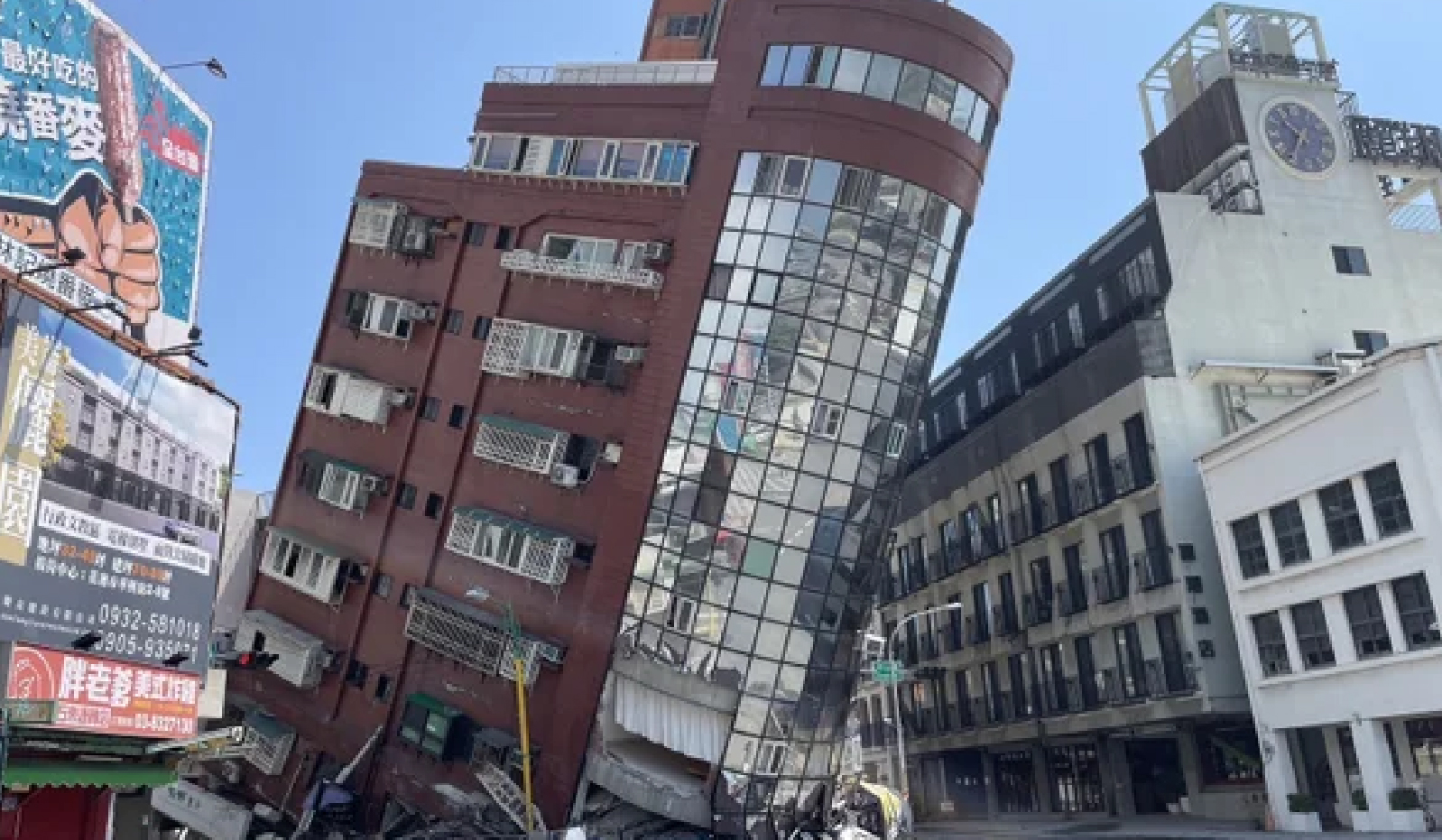Unlike Himalayan quakes caused by plate tectonics, this earthquake was an intra-plate event, resulting from "in situ material heterogeneity”.
- Tremors were more intense due to the epicentre (point on the Earth's surface directly above the focus of an earthquake) located within Delhi and the earthquake's shallow depth of 5 km (See box).
Earthquakes Due to In-Situ Material Heterogeneity
- Definition: It refers to seismic activity caused by the inherent variability in the physical properties of the Earth's crust. E.g., Rock type, presence of fluids in rock pores, etc.
- Formation: Variations in physical properties (heterogeneities) can cause stress concentration, which eventually increase the likelihood of earthquakes.
- Influence on Faults: ‘In-situ heterogeneity’ creates stress buildup in fault zones, increasing the chances of earthquakes.
- Delhi is placed in seismic zone IV in the seismic zoning map of India, the second highest in the country.
Why is Delhi Earthquake Prone?
- Delhi is near the Indian-Eurasian Plate collision zone, with the Indian Plate moving northward at 5 cm/year, creating stress along fault lines.
- Fault Systems: Delhi-Haridwar Ridge is an extension of the Indian Plate; Aravalli Fault System is a deep-seated geological structure, both contributing to intra-plate tremors.
- Indo-Gangetic Plain: Delhi-NCR sits on soft alluvial soil, amplifying seismic waves.
About Shallow Earthquake
|





